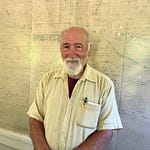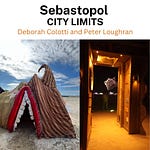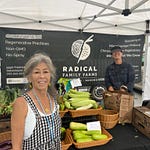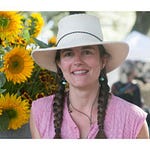Our guest on this episode is the Executive Director of Zero Waste Sonoma, Leslie Lukacs. The goal of Zero Waste Sonoma broadly speaking is to reduce the amount of waste generated in Sonoma County through programs to promote reuse, recycling and composting.
Zero Waste Sonoma recently received a $1 million State grant to open CRV redemption centers. Leslie explains the background on the new CRV redemption center in Sebastopol, and how it will eventually become an automated system. We talk about what happens to the things we place street side in our blue recycling bins. She explains how “wish-cycling” leads people to throw things in the blue bins that can’t be recycled.
Leslie explains that what is recycled goes to a facility in Santa Rosa where it is sorted by hand and machine and then bundled and shipped. Most things, excluding paper, are recycled domestically, and mostly in California.
She talks about disposing of hazardous waste at a facility they operate. It’s free to dispose of chemicals, batteries, solvents, etc. Electronics collection events happens at different locations on a weekly basis throughout the county.
I asked Leslie if the amount of trash that we produced has increased or decreased? She replied that on average, each person generate four pounds of trash per day, but it down from around seven pounds per person. Yet people do continue to throw away things that are recyclable or compostable. Her agency conducts waste characterization studies every five years to study what people are throwing away that ends up in the landfill. A new study was recently completed with results out soon.
New state legislation now requires that all households and businesses keep compostable materials out of the landfill. Interestingly, the rationale behind this legislation has less to do with waste diversion as much as addressing climate change. As green waste breaks down, it creates methane gas, a greenhouse gas. Landfills are one of the biggest producers of methane in our state.
Sonoma County currently does not have its own compost facility, and we truck organic waste outside the county. There are plans to create a compost facility.
Landfills have a limited lifespan and the one in Sonoma County is expected to last only 22 more years. Once it closes, waste would have to hauled outside the county.
So really zero waste is also about looking upstream. How do we not create the waste in the first place? And then downstream, what are the materials that are best for reuse or recycling.
Finally, Leslie leaves us with a book recommendation, “Zero Waste Home” by Bea Thomas.













